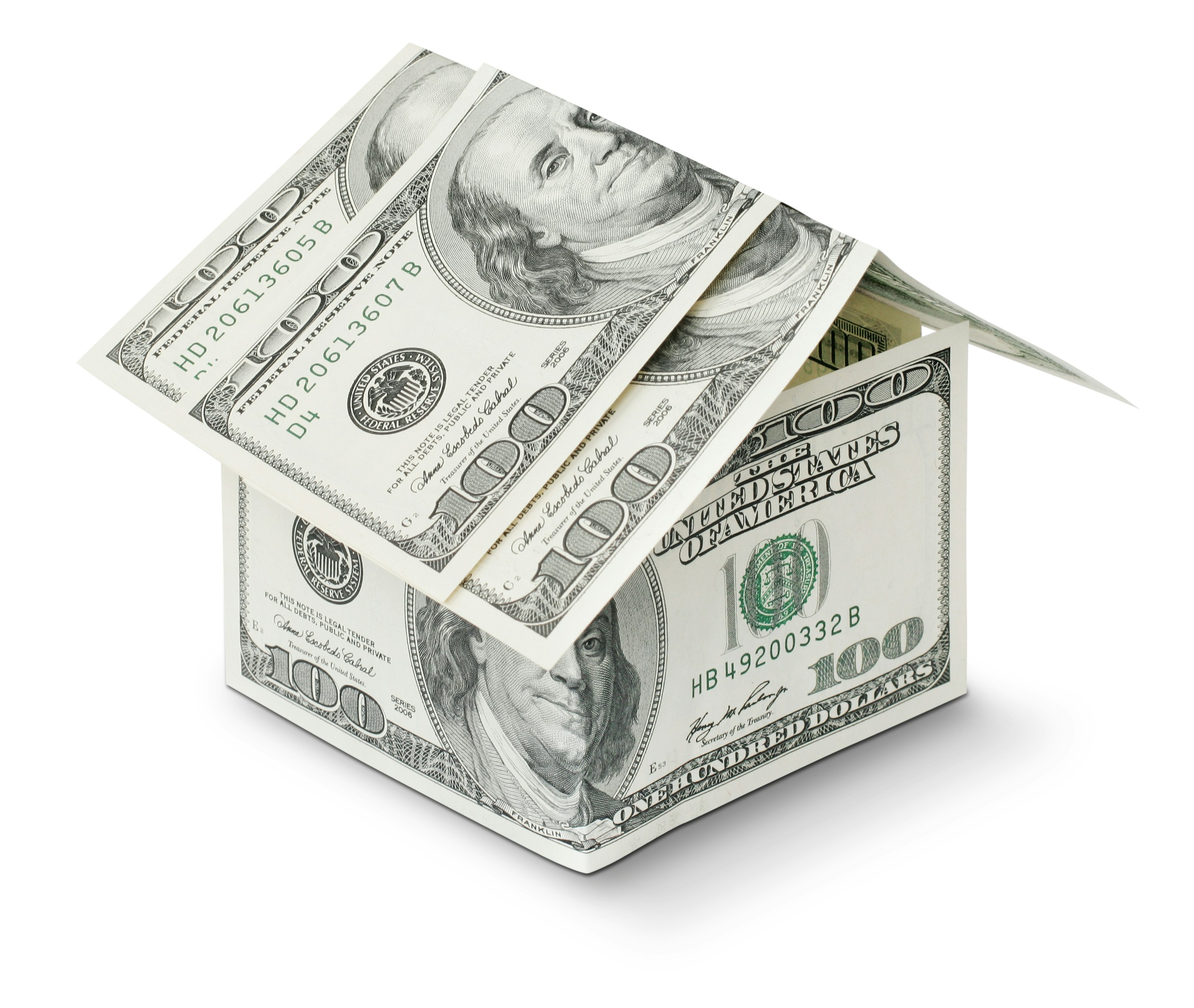
Essential Strategies for Sustainable Finance Within Real Estate Investment Analysis
Investors find new opportunities when they consider both financial returns and environmental or social benefits in real estate. Focusing on sustainable finance means looking beyond traditional metrics and thinking about how buildings can support a healthier planet and stronger communities. Adding features like energy-efficient systems, green roofs, or shared outdoor areas can attract tenants, buyers, and financial partners who value responsible ownership. These choices can set your properties apart in a crowded market and reveal possibilities others might miss. Learning how sustainable finance connects with real estate can guide you toward investments that stand the test of time and deliver value on multiple levels.
Advertisement
Principles of Sustainable Finance
Sustainable finance is based on the idea that financial decisions should consider ecological health and social benefits along with profit. This mindset shifts your focus from short-term gains to a long-term perspective spanning decades. You start to prioritize projects that lower carbon footprints, save water, and build resilient communities.
One practical step involves directing funds toward developments that use renewable energy or repurpose existing structures instead of clearing greenfields. Another approach promotes partnerships with local nonprofits to meet affordable housing needs. These actions incorporate social responsibility into your financial planning and open new revenue sources—think of grants, tax credits, or favorable loan terms.
Key Metrics in Real Estate Investment Analysis
Choosing metrics that reveal both financial performance and sustainability impact allows you to see the full picture of any project. Focus on measures that connect environmental factors directly to returns or cost savings. This way, you prevent green features from appearing as afterthoughts and instead see them as value drivers.
Here are essential metrics to track:
- Energy Use Intensity (EUI): Measure kWh per square foot to compare buildings. A lower EUI indicates more efficient operations and smaller utility bills.
- Water Consumption Rate: Track gallons per occupant per day. This highlights opportunities for low-flow fixtures or rainwater harvesting that reduce expenses.
- Lifecycle Cost Analysis (LCCA): Compare initial construction or renovation costs with long-term maintenance and replacement expenses. Even more expensive eco-friendly materials can prove cost-effective over time.
- Green Certification Score: Refer to *LEED* or *BREEAM* ratings. Higher certification levels often lead to higher rents or resale values.
- Tenant Satisfaction Index: Survey tenants on comfort and health factors. Happier tenants stay longer, which reduces turnover costs.
Making Environmental, Social, and Governance (ESG) Criteria Actionable
You turn ESG principles into action by setting clear targets within your property plans. For the environment, establish a goal to cut carbon emissions by a certain percentage over five years. For social impact, commit to offering some units as affordable housing or dedicating common areas for community use. In governance, maintain transparent reporting of your performance metrics to both investors and regulators.
Create a stakeholder team that meets quarterly to achieve these targets. Empower this group to approve upgrades—such as switching to LED lighting or installing permeable pavement—and to monitor progress. Sharing results on a public dashboard increases your credibility and encourages continuous improvement within your team.
Assessing Risks and Building Long-Term Value
Considering climate risks like flood zones, heat islands, or wildfire proximity strengthens your risk management. Mapping potential hazards against your property portfolio highlights where upgrades offer the greatest safety margins. Consider adding flood barriers, reflective roofs, or fire-resistant landscaping. These features lower hazard insurance costs and protect your assets’ value.
At the same time, review evolving regulations. New building codes often require greener features, so planning ahead prevents costly retrofits later. Use scenario analysis to estimate future compliance costs, then adjust your purchase prices or rent forecasts accordingly. Acting proactively sharpens your competitive advantage.
Digital Tools and Frameworks for Sustainable Investment
Various digital tools help measure and report your sustainability performance. Platforms like *GRESB* and *Enertiv* collect data on energy, water, and occupant satisfaction. Choose tools that integrate with your building management systems to automate data collection efficiently.
Frameworks such as the Task Force on Climate-related Financial Disclosures (TCFD) guide you through governance, strategy, risk management, and metrics. Following a recognized framework builds trust with investors and banks. This trust can lead to lower interest rates or easier access to green bonds.
Best Practices for Continuous Monitoring
Maintain momentum by integrating regular checks and updates into your daily routines. Use simple procedures that any team member can perform:
- Schedule quarterly energy audits to catch efficiency issues early.
- Hold monthly tenant feedback sessions to gather insights on comfort and building health.
- Update your sustainability dashboard weekly with real-time data.
- Rotate team members through environmental site inspections to broaden awareness.
This consistent routine prevents problems from escalating. Teams that own these routines become more engaged and serve as advocates for best practices across your entire portfolio.
Integrating sustainable finance into your real estate investments improves profitability and resilience. Environmental efforts also support your financial goals, creating lasting positive impacts.
Advertisement